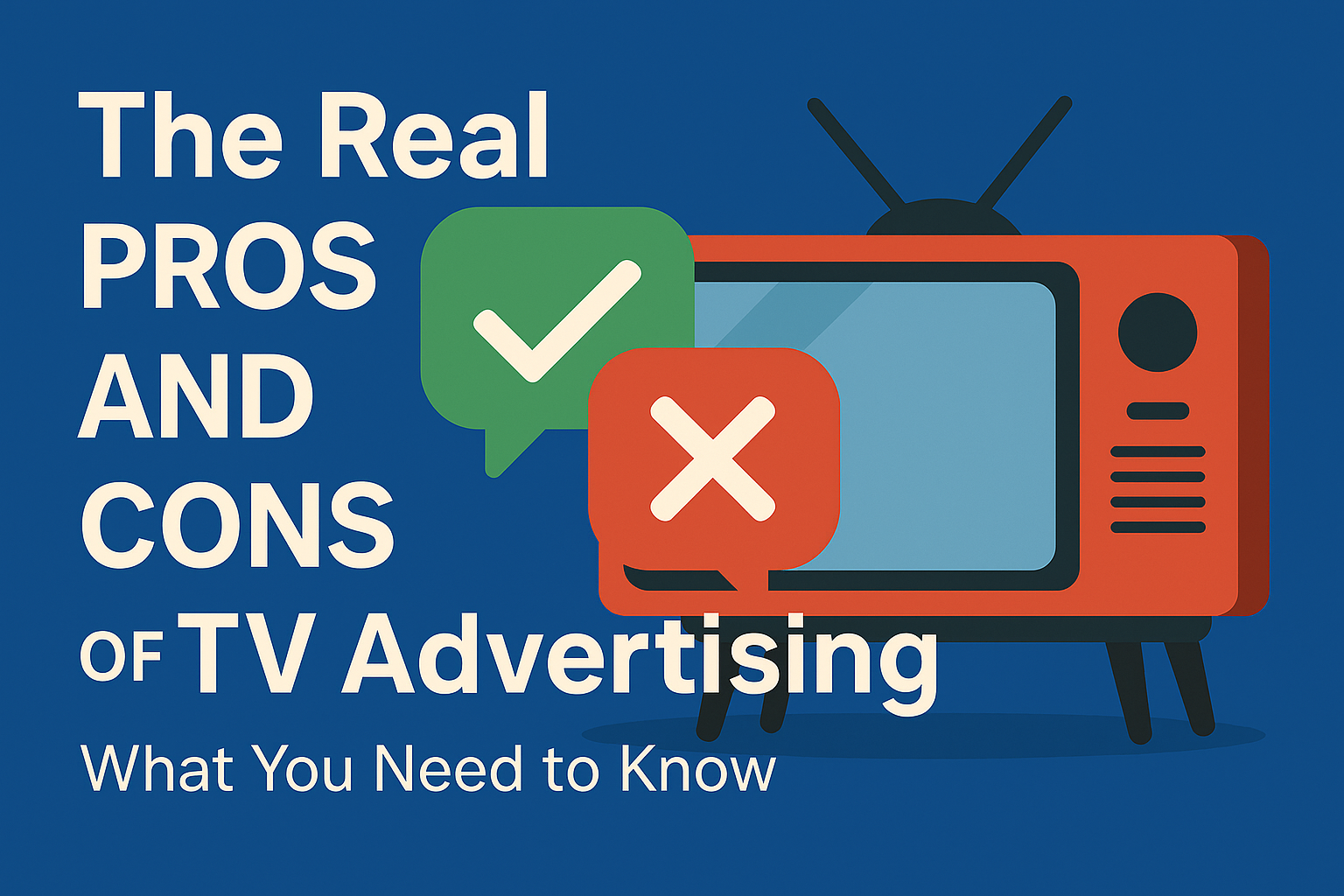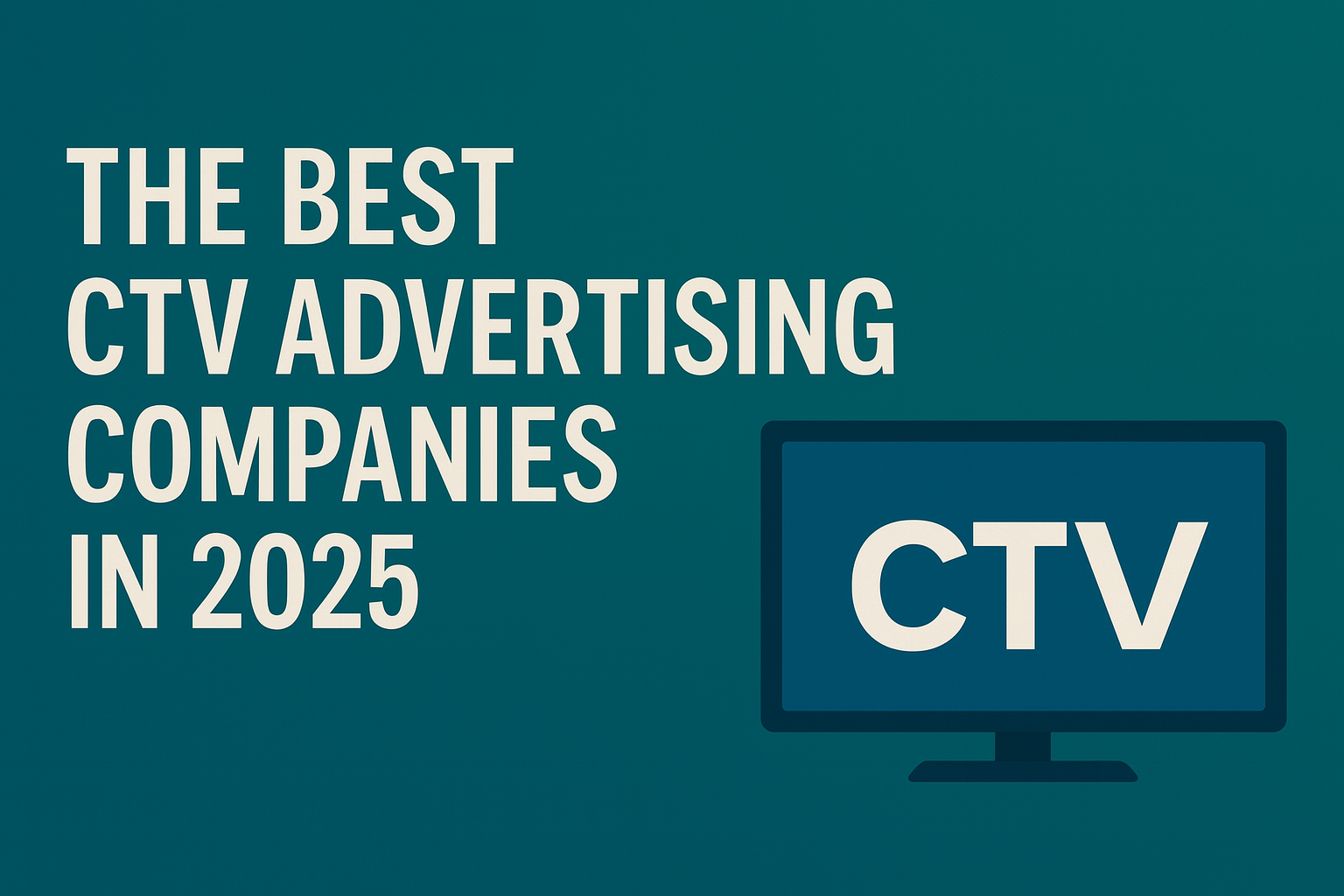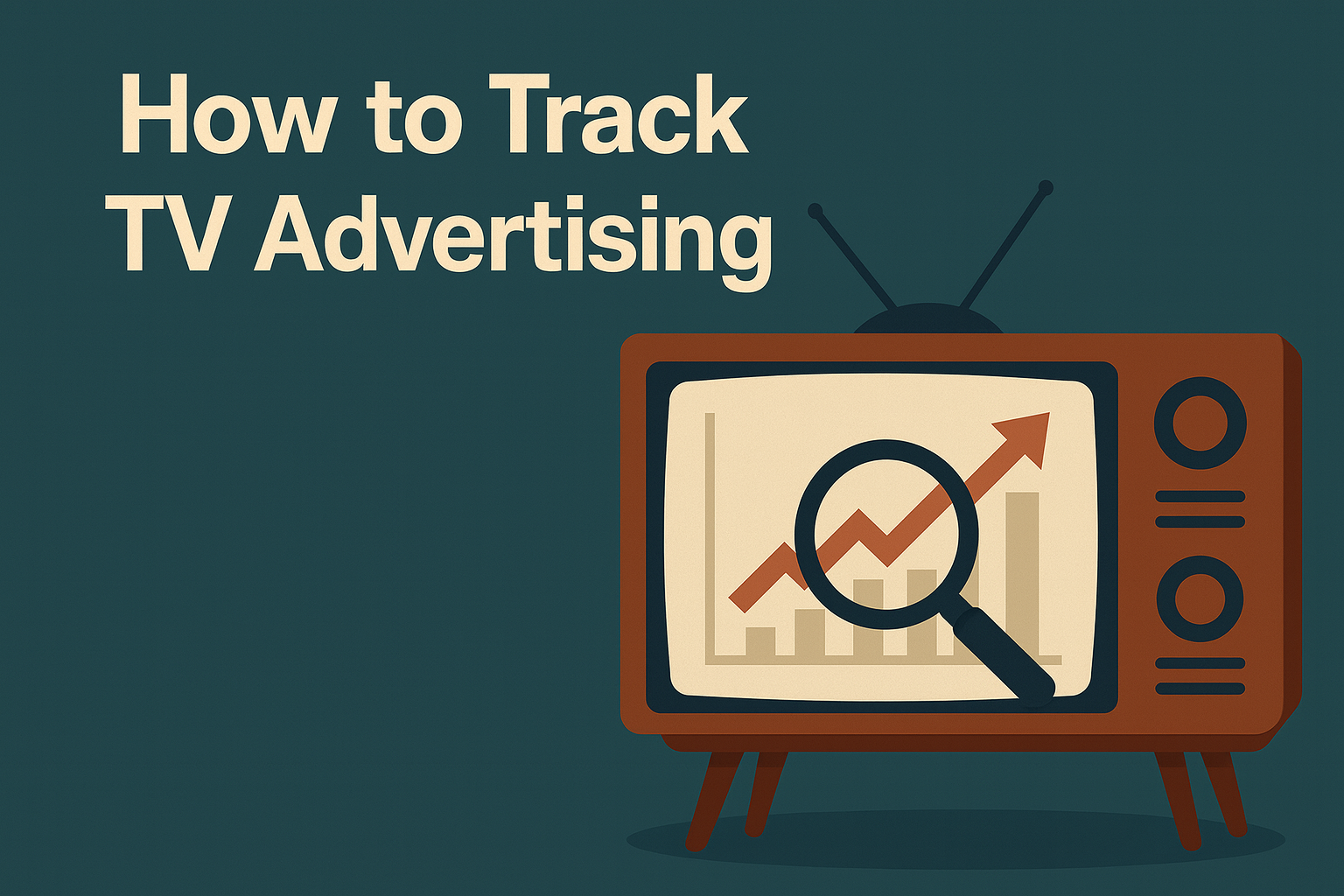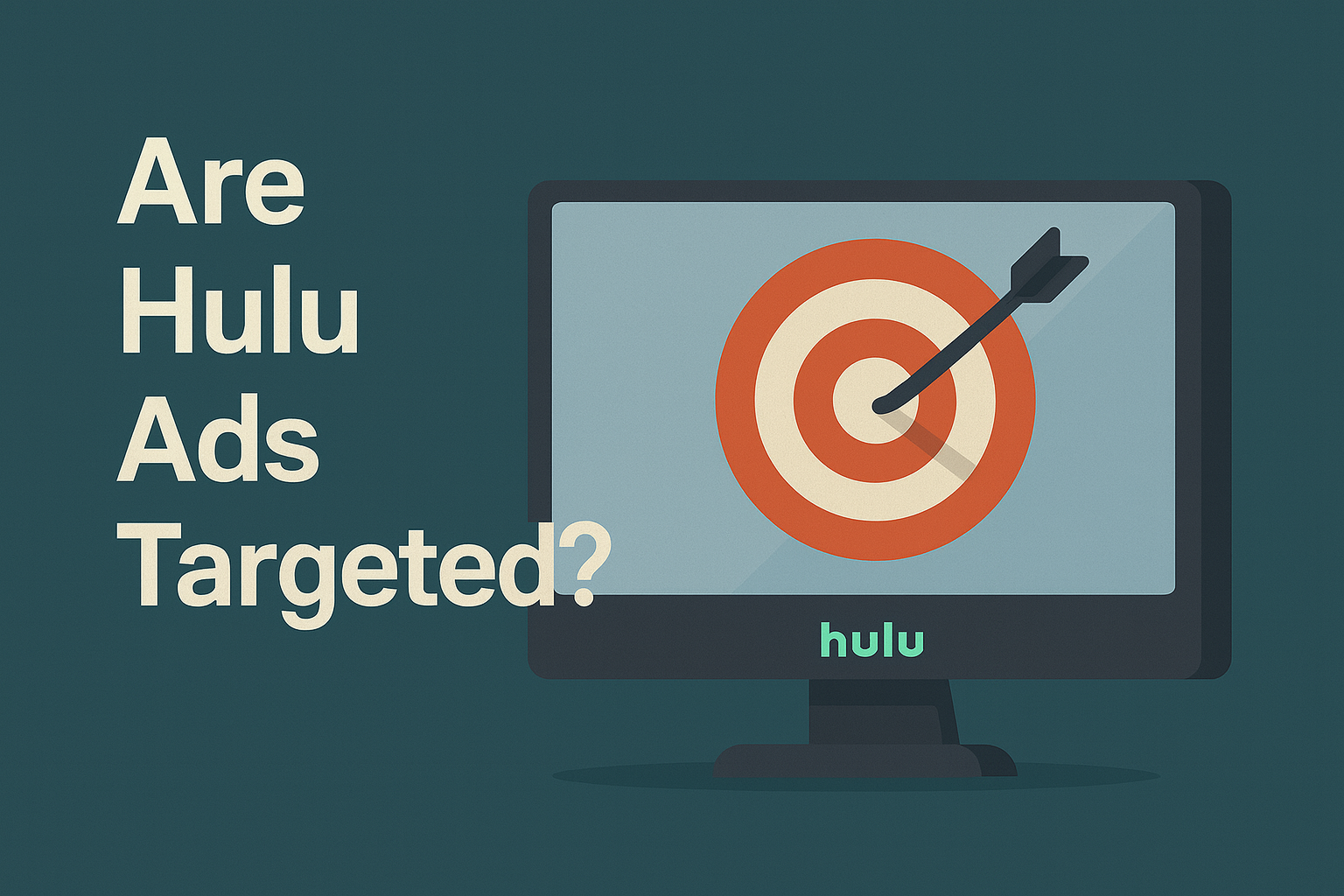Why Advertise on TV? 📺
Even in the age of TikTok and YouTube, TV advertising is still a powerful tool for brands—especially when you want to reach a wide audience fast. From big-name fashion houses to small adaptive clothing brands, many still ask: why advertise on TV? 🤔
Let’s break it down.
The Strengths of TV Advertising 💪
TV isn’t just about flashy commercials. It offers real advantages for brands trying to make a statement—especially in the accessibility and adaptive fashion space.
Here are some advantages of tv ads:
- Reach millions at once 🌍
Great for awareness campaigns. You can introduce inclusive styles or accessible designs to people who may never search for them online. - Visual storytelling 🎥
Perfect for showing how adaptive features work—Velcro closings, magnetic buttons, easy zippers. A 30-second spot can show in seconds what a paragraph can’t explain. - Trust factor 👍
Many people still see TV as a trustworthy source. That helps when you’re introducing new ideas like sensory-friendly clothing or wheelchair-adapted outfits. - Shared experience 🛋️
TV ads often run during shows watched together by families. That’s a great way to open conversations about accessibility and inclusion.
👉 Suggested image chart:
Bar chart showing trust levels by medium:
TV vs. Social Media vs. Online Ads — with TV leading in trust for older and middle-aged demographics.
But… There Are Downsides Too ⚠️
Like any tool, TV ads have their limits. Here are the disadvantages of tv ads to consider:
- Expensive 💸
From production to airtime, costs can add up fast. - Short lifespan ⏳
Once it airs, it’s gone—unless you pay for more slots. - Less targeting 🎯
You can’t control exactly who sees your ad the way you can with social media or search ads. - Not always accessible 🧏
Some TV ads still lack captions or audio descriptions. That’s a missed opportunity for inclusive brands.
Quick Look: Pros and Cons of TV Advertising
| ✅ Pros (Advantages of TV Ads) | ❌ Cons (Disadvantages of TV Advertising) |
|---|---|
| Broad reach for brand awareness | High production and airtime costs |
| Strong visual and emotional impact | Hard to target specific niche audiences |
| Builds trust and credibility | Short air time = short message lifespan |
| Great for demonstrating adaptive clothing features | Not always accessible for all viewers |
Want to Learn More?
Here are some trusted resources on advertising trends:
- Federal Communications Commission (FCC) Guide to Commercials
- National Center on Accessible Media (NCAM) – for accessible advertising standards
- U.S. Small Business Administration (SBA) – tips on ad budgets and media buying
Why Advertise on TV? 📺
Even with all the digital platforms out there, TV still holds serious power. It’s not just old-school—it’s trusted, massive, and emotionally engaging. Here’s why brands, especially in the adaptive and accessible fashion space, still turn to TV:
1. Trust That Lasts 🙌
People trust what they see on TV. Unlike some online ads that feel spammy or sketchy, TV commercials are seen as more legit. For adaptive brands, that trust matters—especially when you’re introducing innovative features like magnetic closures or seated-fit designs.
Fact: According to Pew Research, older adults are more likely to trust traditional media like TV over online platforms.
2. Instant Reach 📡
TV reaches millions at once. One ad during a primetime show can get your message in front of families, caregivers, and people with disabilities across the country—all in one go. No scrolling. No searching. Just impact.
- Great for brand launches
- Ideal for public education campaigns
- Helps normalize adaptive fashion for everyone
3. Emotion Hits Different 🎶👀💬
TV uses sight, sound, and motion—which makes it way more powerful emotionally than a static post or banner. You can:
- Show how adaptive outfits work in real life
- Feature real people sharing their stories
- Use music and voiceover to create a feeling, not just a message
👉 Suggested image idea:
A side-by-side storyboard of an adaptive fashion TV ad—highlighting a person with a disability getting dressed easily, smiling, and heading out with confidence. Show the emotional journey in 3–4 frames.
Advantages of TV Advertising 📺✨
TV advertising isn’t just about getting your brand on screen—it’s about making a big impression that sticks. Whether you’re promoting accessible fashion, inclusive clothing lines, or universal design products, here are the top advantages of tv advertising you should know.
1. Massive Reach 🌍
TV still has one of the widest audiences of any media. A single ad can reach millions across cities, states, or even the whole country.
- Perfect for building brand awareness fast
- Ideal for national campaigns or regional rollouts
- Think: Super Bowl ads, Olympic coverage, or local news spots
🎯 Use it to introduce adaptive fashion to people who may not even know it exists yet!
2. High Impact 🎥🎵🗣️
TV commercials hit hard because they mix sound, motion, and storytelling.
- Show someone easily dressing with magnetic buttons
- Let a voiceover tell their story
- Add music that matches the emotion
That’s what makes the benefits of tv commercials so strong—they don’t just tell, they show and feel.
3. Built-In Trust 🤝
One of the major strengths of television advertising is credibility. Viewers tend to trust what they see on TV more than random online ads.
This matters when you’re:
- Introducing something new like adaptive features
- Educating audiences on inclusivity and access
- Reaching older adults or caregivers who prefer traditional media
4. Targeted Placement 🎯
TV has gotten smarter. You can now place ads by:
- Time of day (e.g. morning news vs. evening drama)
- Channel type (e.g. kids’ shows vs. lifestyle programs)
- Audience demographics (like age, income, interests)
That means your message about accessible fashion can reach exactly who needs to see it.
5. Repetition Builds Recall 🔁
People remember what they see often. Running your ad across multiple time slots helps lock your brand into viewers’ memory.
- Repetition = recognition
- Great for logos, taglines, or specific product features
💡 Example: An ad showing a teen using sensory-friendly clothing each morning can become a familiar, trusted image over time.
6. Boosts Multi-Channel Campaigns 💡📱📰
TV doesn’t have to stand alone. It works even better when paired with:
- Social media
- Print catalogs
- In-store promotions
- Influencer partnerships
It acts as a launchpad—amplifying your message across platforms and creating a strong, unified voice.
Disadvantages of TV Advertising ⚠️
While TV ads have their strengths, they also come with some real challenges. If you’re working with a tight budget or need more flexibility, it’s important to understand the disadvantages of tv advertising before diving in.
1. High Costs 💸
One of the biggest disadvantages of television advertising is the price tag.
- Production costs: hiring a crew, actors, editors, and writers
- Media buying: paying for air time, especially during popular shows
For smaller brands or nonprofits, this can eat up the whole marketing budget fast.
2. Limited Flexibility 🛑
Once your commercial is made and scheduled, changing it isn’t easy.
- You can’t quickly edit or swap out content
- Mistakes or outdated info stay on air unless you re-shoot
That’s a major drawback compared to digital platforms where you can tweak things instantly.
3. Short Lifespan ⏱️
TV ads don’t stick around unless you pay for long-term airtime.
- Viewers see it once… then it’s gone
- No option to “re-watch” unless it’s uploaded elsewhere
That makes the disadvantages of tv ads especially tricky for one-time promotions or limited-run campaigns.
4. Ad Avoidance 🚫📺
More people are skipping commercials altogether.
- DVR lets people fast-forward
- Streaming services don’t always show ads
- Some viewers just tune out during breaks
This means fewer people might actually see your message, even if it airs at a good time.
5. Limited Tracking 📊
Unlike digital ads that show clicks, shares, and engagement, TV is harder to track.
- You may know how many could see your ad—but not how many actually paid attention
- It’s tough to measure direct ROI without support from digital tools
This is a big reason why many brands combine TV with online strategies for better results.
Weighing the Pros and Cons of TV Advertising ⚖️
Like any tool, TV advertising works best in the right situations. To decide if it’s right for your brand—especially one focused on inclusion or adaptive fashion—you need to weigh the pros and cons of tv advertising clearly.
When TV Makes Sense ✅
TV is a smart move when:
- You’re launching a new brand or product and want big buzz
- Your message needs emotional impact—great for showcasing adaptive fashion in real life
- You want to reach a broad, national audience quickly
- Your audience includes older adults, caregivers, or families who watch traditional TV
For example: A new clothing line designed for kids with sensory sensitivities might make a big splash with a daytime TV spot that parents see during morning shows.
When to Consider Other Platforms 🤔
TV may not be the best fit if:
- Your budget is limited
- You need to test and tweak your message quickly
- You’re targeting niche audiences that live mostly online
- You rely heavily on clicks, shares, and direct response
In those cases, social media ads, influencer content, or search ads might work better—and for less money.
Best of Both Worlds: TV + Digital 🌐📺
Many brands are finding success by blending strategies. Use TV to build awareness and emotional connection, and digital to drive action and track results.
Here’s a smart combo:
| TV Does This… | Digital Does This… |
|---|---|
| Reaches millions at once | Targets specific interests or behaviors |
| Builds trust and emotional connection | Tracks clicks, conversions, and engagement |
| Tells your story with visuals and sound | Offers instant feedback and interaction |
🔁 This mix helps balance the advantages and disadvantages of tv advertising, giving you the reach of TV with the precision of digital.
Final Verdict — Is TV Advertising Right for You? 🎬
TV advertising isn’t one-size-fits-all, but when used right, it can be a game-changer—especially for brands with a bold message and a wide audience.
Recap: Strengths of Television Advertising 💪
Let’s break down the strengths of tv advertising one more time:
- Massive reach for getting your message out fast
- High emotional impact through visuals, sound, and storytelling
- Trusted by many viewers, especially older and multigenerational households
- Great for awareness and large-scale launches
Benefits of TV Ads for Specific Goals 🎯
If your goal is to:
- Raise awareness for inclusive or adaptive fashion
- Normalize accessibility through storytelling
- Reach a broad, mainstream audience quickly
- Build brand credibility from the start
Then the benefits of tv ads are hard to ignore.
Final Thought 💡
TV advertising is powerful—but only when used strategically.
It’s not the cheapest or most flexible option, but it can deliver huge impact when paired with clear goals and a smart cross-platform plan.
So ask yourself:
Are you trying to spark a movement, tell a powerful story, or introduce something truly different to the world?
If so, TV might just be the megaphone your message needs. 📢
FAQs: TV Advertising for Inclusive and Adaptive Brands 📺❓
Here are answers to the most common questions about the advantages and disadvantages of tv advertising, especially for those in the accessibility, adaptive fashion, or inclusive product space.
1. What are the main advantages of TV advertising?
TV ads offer:
- Massive reach
- High emotional impact
- Strong brand credibility
- Great storytelling for visual products
These make it ideal for awareness campaigns, brand launches, or emotionally driven messaging.
2. What are the biggest disadvantages of TV ads?
- High production and airtime costs
- Limited flexibility to update or revise
- Harder to track performance compared to digital ads
- Short-lived unless part of a long campaign
3. Why do brands still advertise on TV in the digital age?
Because it still works—especially when you want to:
- Reach broad audiences
- Build trust
- Launch a new brand or movement
- Create strong emotional connections with viewers
4. Is TV a good platform for promoting adaptive fashion?
Yes! The visual nature of TV helps people understand how adaptive features work—like magnetic closures, easy-on pants, or sensory-friendly fabrics. It also builds mainstream visibility and normalizes inclusion.
5. How does TV compare to digital advertising?
| TV Advertising | Digital Advertising |
|---|---|
| Big reach, broad exposure | Targeted, trackable, flexible |
| Strong emotional storytelling | Real-time feedback and analytics |
| High cost | Often more budget-friendly |
| Less control after launch | Easy to edit and test |
Blending both often works best.
6. Can small brands afford TV advertising?
It depends on the market. Local TV spots or regional campaigns can be affordable compared to national ads. Some nonprofit PSAs may also qualify for discounted or donated airtime.
Explore options via FCC resources or your local public media outlet.
7. What’s the lifespan of a TV ad?
Airing once? It’s gone in 30 seconds.
But with a long-term campaign, repeated exposure builds brand recall. You can also repurpose the footage for social media, YouTube, or your website.
8. What types of audiences are best reached through TV?
TV works well for:
- Older adults
- Parents and caregivers
- Broad demographic groups
- Audiences who may not be active online
TV is often watched in shared spaces—making it great for family-centered messaging.
9. Can you measure the ROI of a TV commercial?
It’s harder than digital, but not impossible. Use:
- Surveys or brand lift studies
- Promo codes or custom URLs
- Companion digital ads for better tracking
TV builds awareness; pairing it with digital can help measure results.
10. What’s the bottom line—should I advertise on TV?
If your goals are awareness, education, or emotional storytelling, and you have the budget, yes—TV can be a powerful platform.
But for niche targeting, fast testing, or conversion tracking, it works best alongside digital strategies. Use it wisely, and TV can be a strong ally in building a more inclusive world. 🌍





6 Responses
This post really opened my eyes! I think using TV to show how adaptive features work is such a smart idea!
Wow, I didn’t know that TV ads build more trust! It’s cool that people feel more connected to brands they see on TV!
Me parece interesante que la publicidad en TV tenga ventajas como contar historias visuales y emocionales. Pero también hay desventajas, como los altos costos y que solo dura poco tiempo. Es bueno conocer ambos lados.
I love how TV ads can reach so many people at once! It’s great for spreading the word about inclusive fashion!
The idea of using TV to tell stories about adaptive clothing is amazing! It makes it feel so real and relatable!
El artículo explica que la publicidad en TV todavía es importante porque puede alcanzar a muchas personas al mismo tiempo. También menciona que ayuda a crear confianza en las marcas, especialmente para la moda inclusiva.